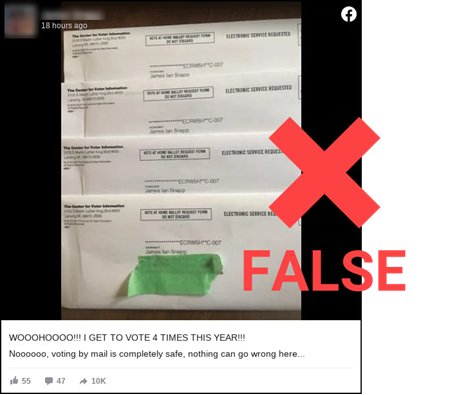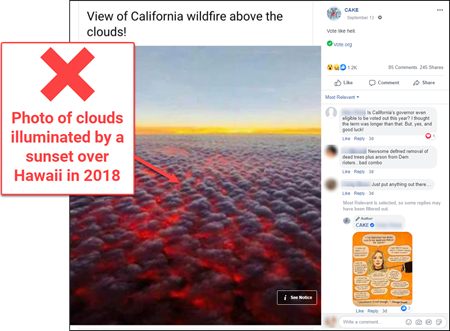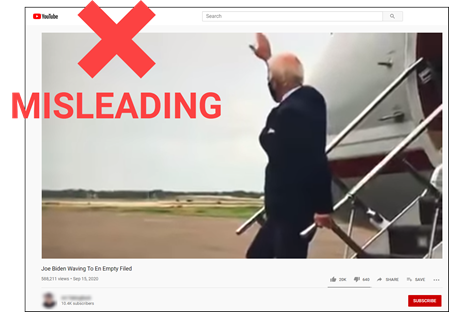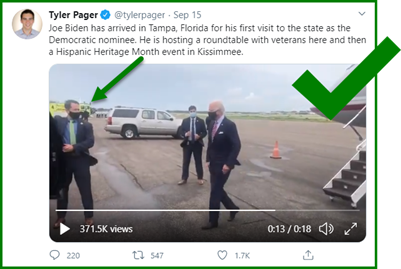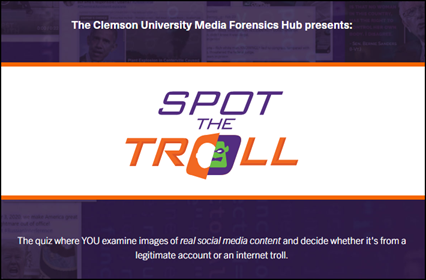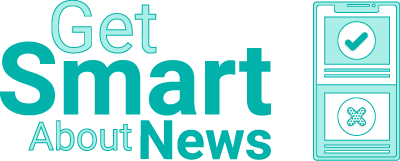|
QAnon outbreak
When people stay in their homes instead of gathering in crowded public spaces, it clearly works to stop the spread of the coronavirus. But spending more time in isolation, and online, might also be exposing people to a different kind of threat. About twice as many Americans now say they have heard of QAnon conspiracy theories compared with the period just before the pandemic, according to a recent Pew Research Center survey.
QAnon’s sprawling system of conspiratorial beliefs — which started on the fringes of the internet almost three years ago — has morphed and expanded over time, incorporating recent events, drawing in other conspiracy communities and offering easy explanations to people searching for answers during an uncertain time. Social media content related to QAnon has increased significantly since March, has permeated mainstream political discourse online and has actively shaped some voting preferences for the upcoming election.
Those close to people who have become consumed by the QAnon delusion describe a cult-like obsession with the conspiracy theories and a refusal to question their legitimacy. Jane Lytvynenko of BuzzFeed News gathered 200 such stories for a Sept. 18 report that illustrates how deeply QAnon beliefs can take hold and underscores the role that the pandemic has played in driving people to spend more time online.
It is tempting to consider the 53% of Americans who told Pew that they have read or heard “nothing at all” about QAnon as a positive sign. But a total lack of familiarity with the movement may leave people vulnerable to becoming ensnared by it. Social media is littered with the idioms, themes and assumptions of QAnon — references to the “deep state,” hints that COVID-19 is planned, seemingly noble posts condemning child trafficking and abuse — and social media companies appear unable, or unwilling, to contain it. Facebook made a concerted effort last month to crack down on private QAnon groups, but even after it took action, new groups quickly formed to take their place. Followers of the conspiracy also join other groups on the platform and flood those conversations with QAnon content, some of which gets shared by people who don’t recognize it as such.
If these seemingly innocuous fragments of conspiratorial narratives become widespread enough, they just might lay the groundwork for a full-blown outbreak.
|
